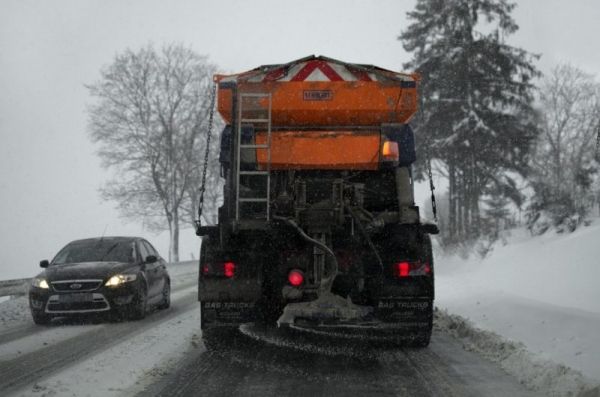In a new study published in Lake and Reservoir Management, researchers from the Ausable River Association and the Adirondack Watershed Institute monitored the water quality of Mirror Lake.
They found that road salt runoff prevented spring mixing of the water column, creating more anoxic water conditions that limited habitat availability of the native lake trout. This finding could also potentially provide insight into how other urban lakes in the New York State may respond to road salt pollution.
“Mirror Lake is the first in the Adirondack Park to show an interruption in lake turnover due to road salt”, says Dr. Brendan Wiltse from Ausable River Association, who led the study.
Mirror Lake, located in the Village of Lake Placid, is the most developed lake within the Adirondack Park – a publicly protected area greater than Yellowstone, Yosemite, Glacier, and Grand Canyon National Parks combined.
Continue reading at Taylor & Francis
Image via Taylor & Francis


